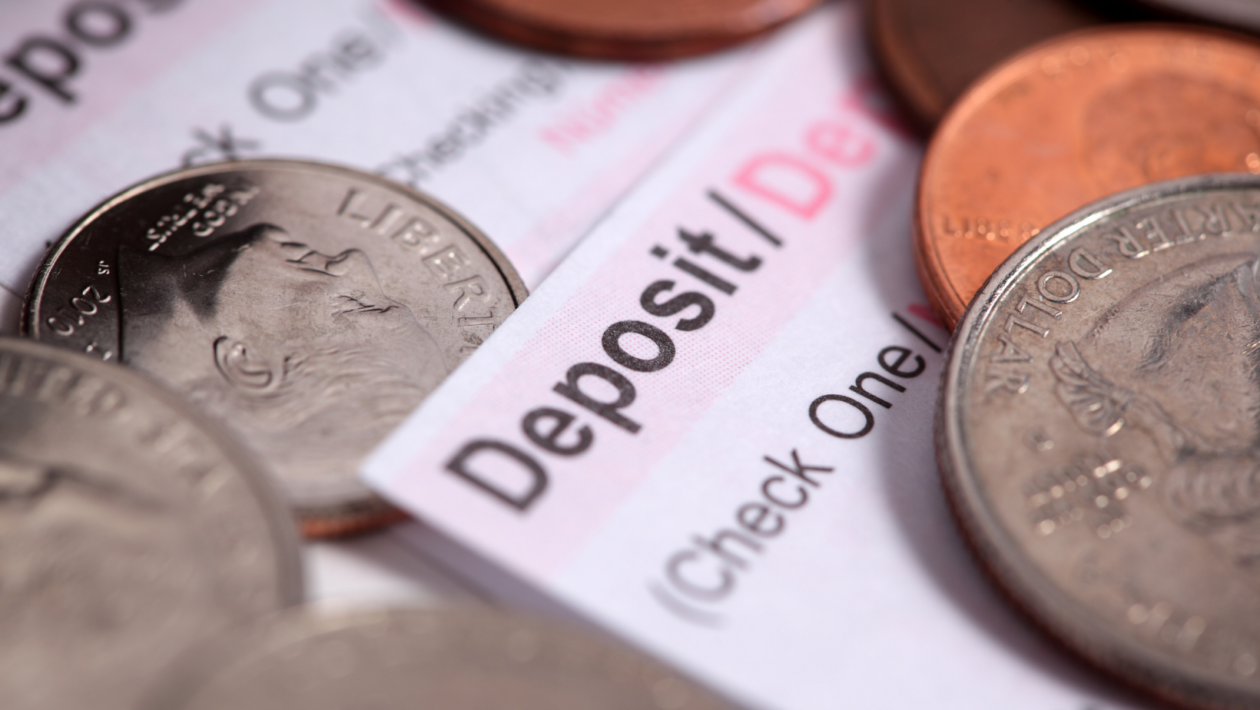Stablecoins are the wheels that keep the crypto world turning, simplifying trading in and out of fiat currencies. The stablecoin market, valued at US$128 billion, has generated institutional interest in digital assets. In April, Société Générale announced it would be introducing a stablecoin pegged to the euro, followed by Visa’s announcement to develop a public blockchain network and stablecoin payments service.
Société Générale’s recent move to launch its own stablecoin comes two years after JPMorgan’s JPM Coin and months after the USDC depeg event, which shook investor confidence in the emerging asset class. Deposit tokens are now being touted as a more stable and reliable digital asset, with JPMorgan releasing research indicating that they could overtake stablecoins in popularity. The deposit tokens are issued on a blockchain by a depository institution to represent a deposit claim and are seen as more reliable due to the regulations already in place to support commercial bank deposits.
Are stablecoins actually stable?
The value of most stablecoins is pegged to the value of either a specific fiat currency or a particular commodity such as gold or government bonds, and are viewed as less volatile than traditional cryptocurrencies like Bitcoin. However, fluctuations are an enduring trait of both traditional and crypto markets. When crises occur in the traditional banking sector, stablecoins are made vulnerable. This was the case in March with stablecoin provider Circle. When Silicon Valley Bank (SVB) and Silvergate collapsed, Circle risked losing its liquidity. Unlike traditional depositors, stablecoin owners were not entitled to deposit insurance, causing panic within the community.
If anything, the USDC depeg event showcased the crypto industry’s ability to respond to crises. Circle and other stablecoin providers have prioritized transparency, publishing monthly attestations for users. In the aftermath of the SVB collapse, Circle announced it would cover any missing liquidity with corporate funds, reassuring users. But the event raised questions in the investment community about the stability of so-called “stablecoins.” While stablecoins are designed to be more stable than other cryptocurrencies, they are not completely immune to fluctuations in the market and can still experience price volatility.
Rise of deposit tokens
Deposit tokens are issued on a blockchain by a licensed depository token to represent a deposit claim. This makes deposit tokens unique from stablecoins, which are issued by non-bank entities, and central bank digital currencies (CBDCs), which are issued by central banks. As a form of programmable money, deposit tokens have the same advantages of atomic settlement and transparent, peer-to-peer transactions that could transform traditional financial services. Since deposit tokens are backed by commercial bank deposits, they are more easily integrated into existing legal frameworks and deposit insurance schemes.
Developed from Singapore’s Project Guardian, which is led by DBS Bank, JPMorgan and SGX, deposit tokens first garnered attention in May 2022, although there has been considerable momentum on the subject since the USDC depeg event. This includes the recent JPMorgan report, as well as The Swiss Bankers Association white paper outlining the development of a Swiss franc joint deposit token.
Differences between stablecoins and deposit tokens
Institutions are wary of the lack of regulation on stablecoins. JPMorgan has promoted deposit tokens over stablecoins, arguing in favor of regulated deposit tokens and exploring their use cases, while some argue that stablecoins are a solution in search of a problem given the wide availability and acceptance of the U.S. dollar.
JPMorgan researchers continue to see the value in deposit tokens, which are backed by commercial bank money, and as such are subject to the same regulations and protections as deposit insurance, which makes deposit tokens a safer bet in the eyes of traditional bankers.
Redemption of stablecoins
Why are some institutions still choosing stablecoins over deposit tokens? In defense of stablecoins, traditional markets still carry risk, lest we forget where Circle’s troubles began.
Stablecoins are an integral part of the crypto ecosystem. While these assets are not immune to volatility, the events of March demonstrated the ability of market leaders to meet consumer demands for transparency and responsiveness, demonstrated by Circle’s pledge to repay users with corporate funds.
The stablecoin industry also presents an interesting case study: Industry leaders like Circle and Tether have prioritized transparency in the absence of clear regulatory guidelines. While this initiative may not be enough to ease the concerns of some institutional investors, it shows that better consumer protection is not only the onus of policymakers. Furthermore, the recent passing of the MiCA regulation in Europe as well as developments in the U.S. could pave the way for greater institutional involvement in this market.
Clearly, deposit tokens will not replace stablecoins. However, the asset class may continue to gain traction among institutional investors. This is the nature of the diverse crypto industry though, which encompasses a wide range of digital assets, with options suitable for a variety of users and purposes. It is imperative that industry leaders continue to prioritize consumer protection and transparency in order to deliver a more inclusive and efficient alternative to traditional finance.





